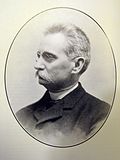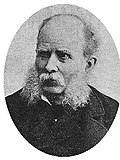Contents
- Artists
- Architects and Urban Planners
- Businesspeople
- Cinema and Theater
- Economists
- Writers and poets
- Military
- Musicians and Singers
- Fashion
- Fashion Designers
- Fashion Models
- Politicians and Leaders
- Before the 19th Century
- Modern Politicians
- Sportspeople
- Alpinism, Trail Running and Ski
- Athletics
- Basketball
- Cycling
- Football
- Motor Racing
- Swimming
- Tennis
- Other
- Scientists and engineers
- Gastronomy
- Saints and religious figures
- Others
- See also
- References
This article needs additional citations for verification .(June 2016) |
This is a list of notable people from Catalonia .













































